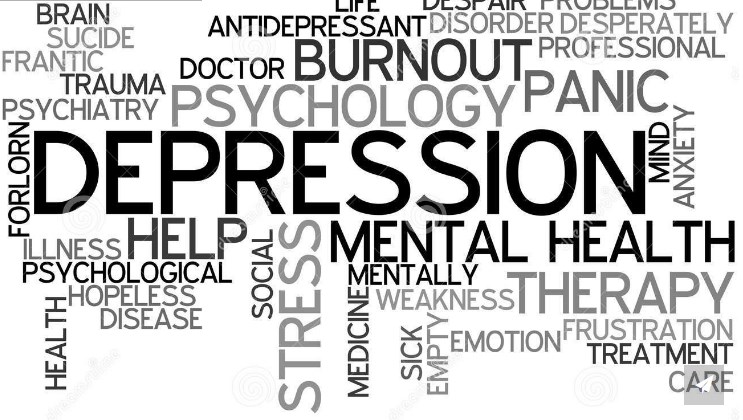 Depression
Depression is a medical condition that affects your mood and ability to function. Depressive symptoms include; feeling sad, anxious or hopeless. The condition can also cause difficulty with thinking, memory, eating and sleeping. A diagnosis of major depressive disorder (clinical depression) means you have felt sad, low or worthless most days for at least two weeks while also having other symptoms such as sleep problems, loss of interest in activities, or change in appetite.
Without treatment, depression can get worse and last longer. In severe cases, it can lead to self-harm or death.
What are the types of depression
Major depressive disorder (MDD): Major depression (clinical depression) has intense or overwhelming symptoms that last longer than two weeks. These symptoms interfere with everyday life.
Bipolar depression: People with bipolar disorder have alternating periods of low mood and extremely high-energy (manic) periods. During the low period, they may have depression symptoms such as feeling sad or hopeless or lacking energy.
Perinatal and postpartum depression: “Perinatal” means around birth. Many people refer to this type as postpartum depression. Perinatal depression can occur during pregnancy and up to one year after having a baby. Symptoms go beyond “the baby blues,” which causes minor sadness, worry or stress.
Persistent depressive disorder (PDD): PDD is also known as dysthymia. Symptoms of PDD are less severe than major depression. But people experience PDD symptoms for two years or longer.
Premenstrual dysphoric disorder (PMDD): Premenstrual dysphoric disorder is a severe form of premenstrual disorder (PMS). It affects women in the days or weeks leading up to their menstrual period.
Psychotic depression: People with psychotic depression have severe depressive symptoms and delusions or hallucinations. Delusions are beliefs in things that are not based in reality, while hallucinations involve seeing, hearing, or feeling touched by things that are not actually there.
Seasonal affective disorder (SAD): Seasonal depression, or seasonal affective disorder, usually starts in late fall and early winter. It often goes away during the spring and summer.
Depression is a common condition that affects millions of people every year. Anyone can experience depression — even if there doesonot seem to be a reason for it. Causes of depression include difficulties in life, brain chemistry abnormalities, some medications and physical conditions. The good news is that depression is treatable. If you have symptoms of depression, talk to your healthcare provider. The sooner you get help, the sooner you can feel better